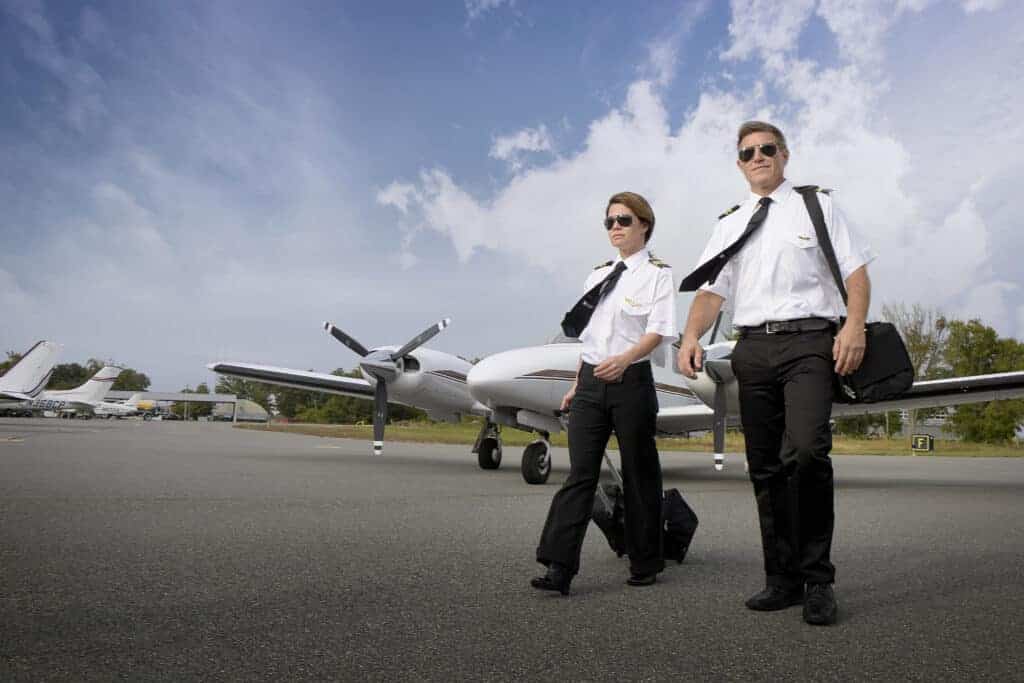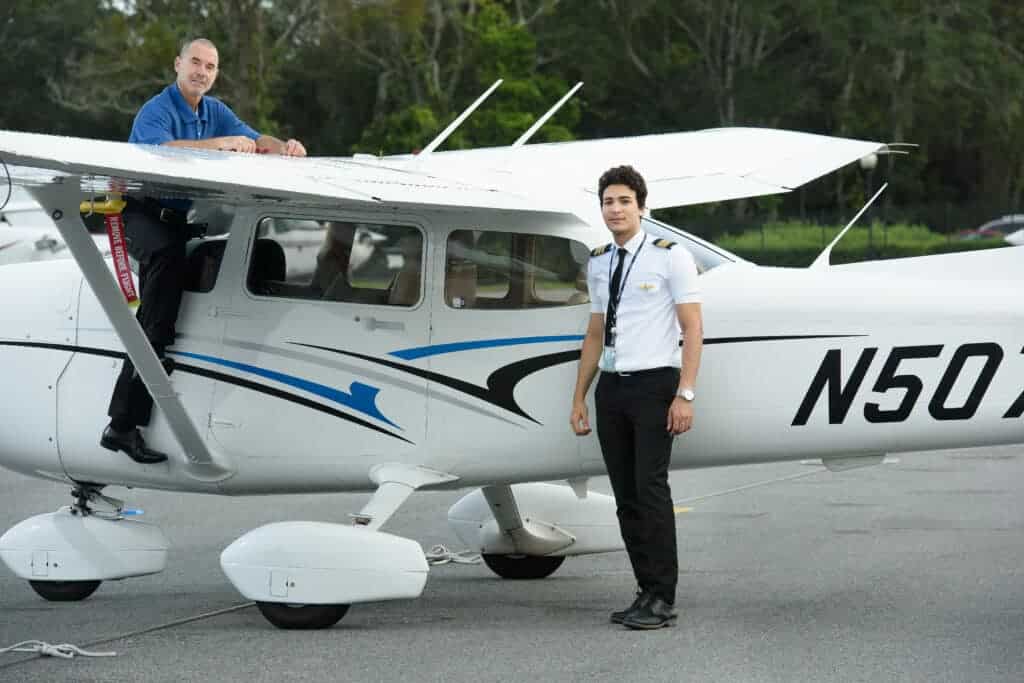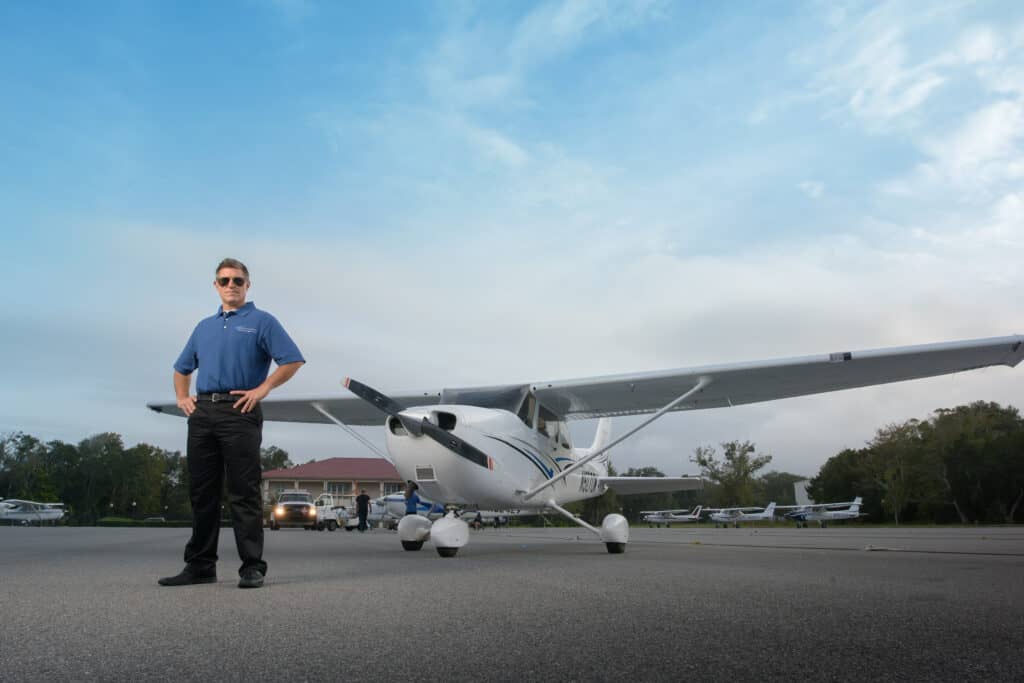How to Become a Flight Attendant – The #1 Ultimate Guide

Introduction to How to Become a Flight Attendant
Soaring through the skies, exploring new destinations, and providing exceptional service to passengers – the life of a flight attendant is both exhilarating and challenging. If you’re thinking of how to become a flight attendant in the aviation industry, this comprehensive guide, will unravel the mysteries of how to become a flight attendant, equipping you with the knowledge and strategies to embark on this exciting journey.
How to Become a Flight Attendant: Role and Responsibilities
Before diving into the specifics of how to become a flight attendant, it’s crucial to understand the multifaceted role and responsibilities that come with this profession. Flight attendants are the ambassadors of the airline, ensuring the safety and comfort of passengers while maintaining a warm and welcoming presence throughout the flight.
Their duties encompass:
- Safety and Security: As the frontline representatives of the airline, flight attendants are responsible for ensuring the safety of passengers during all phases of the flight. This includes conducting pre-flight safety briefings, monitoring emergency equipment, and guiding passengers in the event of an emergency.
- Customer Service: Providing exceptional customer service is at the heart of a flight attendant’s role. From greeting passengers with a smile to assisting with luggage, serving meals and beverages, and addressing any concerns or special requests, flight attendants strive to create a memorable and enjoyable experience for every passenger.
- Cabin Management: Flight attendants are tasked with maintaining order and cleanliness within the aircraft cabin. They ensure that all passengers are seated properly, monitor the cabin environment, and respond promptly to any issues or emergencies that may arise during the flight.
- Administrative Duties: In addition to their customer-facing responsibilities, flight attendants also handle administrative tasks such as completing flight reports, documenting incidents, and ensuring compliance with airline policies and regulations.
How to Become a Flight Attendant: The Essential Qualifications
To embark on a career as a flight attendant, you’ll need to meet certain qualifications set by airlines. While specific requirements may vary, here are some common essential qualifications:
- Education: Most airlines require flight attendants to have a high school diploma or equivalent. Some airlines may prefer candidates with additional education, such as a degree or certification in hospitality, tourism, or customer service.
- Age and Height Requirements: Airlines typically have age and height requirements for flight attendants. The minimum age is usually between 18 and 21 years old, while the height requirements are designed to ensure safe movement within the aircraft cabin.
- Language Proficiency: Excellent communication skills and fluency in at least one language, typically English, are mandatory. Proficiency in additional languages can be a significant advantage, especially for international airlines.
- Physical Fitness: Flight attendants must be physically fit to handle the demands of the job, which may include lifting and moving heavy objects, standing for extended periods, and assisting passengers in emergency situations.
- Customer Service Experience: Previous experience in customer service or hospitality-related roles is highly valued, as it demonstrates your ability to provide exceptional service and handle diverse customer interactions.
- Grooming and Appearance Standards: Airlines have strict grooming and appearance standards for flight attendants, including guidelines for hair, makeup, and uniform requirements.
How to Become a Flight Attendant: From Application to Interview
Once you’ve determined that you meet the essential qualifications, the next step is to navigate the application and interview process. Here’s a breakdown of what you can expect:
- Application Process: Most airlines have an online application system where you’ll need to submit your resume, cover letter, and any other required documents. It’s essential to tailor your application to the specific airline and highlight your relevant skills and experiences.
- Initial Screening: After submitting your application, airlines will conduct an initial screening to assess your qualifications and suitability for the role.
- Assessment Tests: Successful applicants may be invited to participate in assessment tests, which can include personality assessments, situational judgement tests, and language proficiency evaluations.
- Group Interviews or Assessment Days: Airlines often conduct group interviews or assessment days to evaluate candidates’ teamwork, communication skills, and problem-solving abilities in a simulated environment.
- Individual Interviews: If you progress through the initial stages, you’ll likely participate in one or more individual interviews with airline representatives. These interviews are designed to assess your customer service skills, knowledge of the industry, and overall fit for the role.
How to Become a Flight Attendant: Tips for Your Interview
Nailing the interview is a crucial step on how to become a flight attendant. Here are some tips to help you stand out:
- Research the Airline: Familiarize yourself with the airline’s history, values, and culture. This knowledge will demonstrate your genuine interest and help you tailor your responses during the interview.
- Practice Situational Questions: Flight attendant interviews often include situational questions to assess your problem-solving abilities and customer service skills. Practice responding to hypothetical scenarios with poise and professionalism.
- Highlight Your Relevant Experience: Even if you don’t have direct experience as a flight attendant, highlight any customer service, hospitality, or teamwork experiences that demonstrate your ability to excel in the role.
- Demonstrate Cultural Awareness: As a flight attendant, you’ll interact with passengers from diverse backgrounds. Showcasing your cultural awareness and sensitivity can be a significant advantage.
- Dress Professionally: First impressions matter, so dress professionally and ensure your appearance aligns with the airline’s grooming standards.
- Convey Enthusiasm and Passion: Airlines seek candidates who are genuinely passionate about the role and the industry. Convey your enthusiasm and excitement about the prospect of becoming a flight attendant.
How to Become a Flight Attendant: Training and Certification
If you successfully navigate the application and interview process, you’ll be invited to participate in a comprehensive training program. These training programs are designed to equip you with the knowledge and skills necessary to excel as a flight attendant.
- Initial Training: Most airlines provide extensive initial training, which typically lasts between four to eight weeks. This training covers a wide range of topics, including aviation terminology, safety procedures, emergency protocols, customer service techniques, and airline-specific policies and procedures.
- Hands-on Training: In addition to classroom instruction, you’ll participate in hands-on training sessions that simulate various scenarios you may encounter as a flight attendant. This could include emergency evacuation drills, first aid training, and service simulations.
- Certification and Licensing: Depending on the airline and the country you’ll be based in; you may need to obtain specific certifications or licenses. This could include obtaining a flight attendant certificate, a security clearance, or completing specialized training programs.
- Continuous Training: Even after completing initial training, flight attendants are required to undergo ongoing training and recertification to ensure they remain up to date with the latest safety protocols, service standards, and industry regulations.
How to Become a Flight Attendant: Navigating the Challenges
While the life of a flight attendant can be incredibly rewarding, it’s essential to be aware of the challenges and demands of the role. Here are some common challenges and strategies for navigating them:
- Irregular Work Schedule: Flight attendants often work long hours, including overnight flights and irregular schedules. It’s crucial to develop effective time management skills and strategies for maintaining a healthy work-life balance.
- Jet Lag and Fatigue: Frequent travel across time zones can lead to jet lag and fatigue. Prioritizing rest, maintaining a healthy diet, and staying hydrated can help mitigate the effects of jet lag.
- Dealing with Difficult Passengers: While most passengers are pleasant, flight attendants may occasionally encounter challenging or disruptive individuals. Receiving training in conflict resolution and customer service can help you handle these situations with professionalism and empathy.
- Maintaining Composure in Emergencies: In the event of an emergency, flight attendants must remain calm and follow established protocols to ensure the safety of passengers. Participating in regular emergency training and simulations can help you develop the necessary confidence and composure.
- Extended Time Away from Home: Flight attendants often spend extended periods away from home, which can strain personal relationships and make it challenging to maintain a consistent routine. Effective communication with loved ones and finding ways to create a sense of home while on the road can help mitigate this challenge.
Career Advancement Opportunities for Flight Attendants
While many flight, attendants find fulfillment in their role, others may seek career advancement opportunities within the aviation industry. Here are some potential paths for career growth:
- Supervisory Roles: Experienced flight attendants may have the opportunity to advance into supervisory roles, such as lead flight attendant, purser, or cabin crew manager. These positions involve overseeing and managing teams of flight attendants, ensuring adherence to safety protocols and service standards.
- Training and Recruitment: Flight attendants with exceptional communication skills and a passion for teaching may transition into training or recruitment roles within the airline. These positions involve developing and delivering training programs, as well as identifying and evaluating potential new hires.
- Corporate Roles: Airlines often seek experienced flight attendants for corporate roles in areas such as customer service, operations, or marketing. These roles leverage the unique insights and customer-facing experience gained as a flight attendant.
- Pilot or Air Traffic Controller: Some flight attendants may choose to pursue careers as pilots or air traffic controllers, leveraging their aviation knowledge and experience.
- Entrepreneurial Ventures: Flight attendants with an entrepreneurial spirit may explore opportunities to start their own businesses, such as travel agencies, hospitality consulting firms, or aviation-related ventures.
How to Become a Flight Attendant: Expectations vs. Reality
While the prospect of becoming a flight attendant can be alluring, it’s essential to understand the realities of the job. Here’s a candid look at some common expectations versus the realities of life as a flight attendant:
- Expectation: Constant Travel and Exploration Reality: While flight attendants do travel frequently, their time in destinations is often limited, and they may not have the opportunity to fully explore due to tight schedules and layover constraints.
- Expectation: Glamorous Lifestyle Reality: While the job can be exciting, the reality involves long hours, irregular schedules, and dealing with various challenges, such as jet lag and difficult passengers.
- Expectation: Generous Discounts and Perks Reality: While flight attendants may receive discounts on airline tickets and other travel-related perks, these benefits can be limited and subject to availability and restrictions.
- Expectation: Constant Interaction with Passengers Reality: While customer service is a significant part of the job, flight attendants also have administrative duties and responsibilities that occur behind the scenes, away from passenger interaction.
- Expectation: Constant Excitement Reality: While there are certainly exciting moments, many flights and duties can be routine and repetitive, requiring attention to detail and consistent service delivery.
Despite these realities, many flight attendants find the job incredibly rewarding and fulfilling, with the opportunity to meet new people, explore new cultures, and contribute to the aviation industry.
Conclusion
Becoming a flight attendant is a journey that requires dedication, perseverance, and a genuine passion for customer service and the aviation industry. By understanding the role, responsibilities, qualifications, and challenges, you can make an informed decision about whether this career path is right for you.
Remember, the application and interview process can be competitive, so it’s essential to highlight your unique strengths and experiences. Once you’ve secured a position, embrace the comprehensive training and continuous learning opportunities to excel in your role.
While the life of a flight attendant can be demanding, it also offers the chance to travel the world, create lasting memories, and make a positive impact on the lives of passengers. With the right mindset and commitment, you can soar to new heights in this exciting and dynamic career.
Contact the Florida Flyers Flight Academy Team today at (904) 209-3510 to learn more about the Private Pilot Ground School Course.



